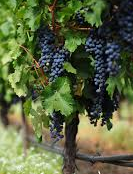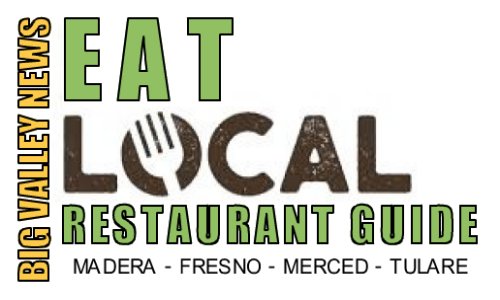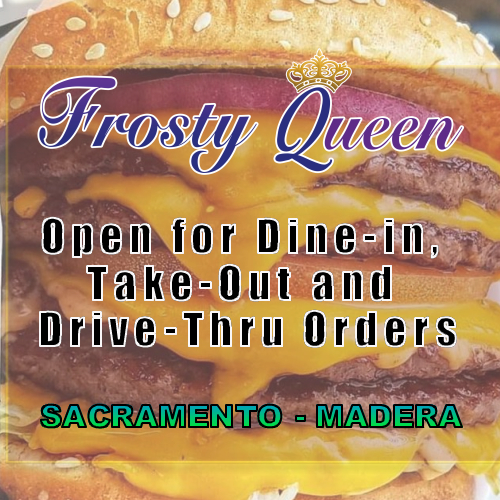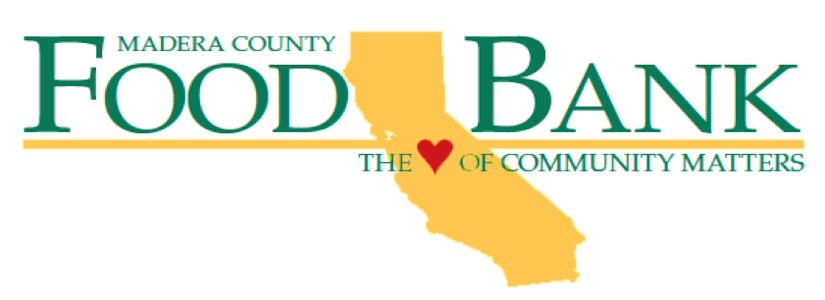
"The vast majority of California's 2017 winegrape harvest was unaffected by the wildfires and the vintage promises to be of excellent quality," said Robert P. (Bobby) Koch, president and CEO of Wine Institute. "The outpouring of support locally and from around the world for people in the impacted communities has been phenomenal. We are saddened by the loss of lives and homes and this will truly be remembered as a harvest of the heart. Wineries are at work making their 2017 wines and welcoming visitors during this beautiful late fall/early winter season."
The Growing Season
With all but late harvest grapes in, vintners are looking back at the 2017 growing season. The drought is over with the season beginning with rainfall that refilled reservoirs and replenished soils. Harvest began early at a normal pace in many regions, and then progressed rapidly during a heat wave in late August and early September. Temperatures cooled mid-September, slowing the harvest pace and allowing red grapes to ripen gradually. Many regions are reporting reduced yields due to the heat spell, but vintners are reporting strong quality for the 2017 vintage.

"We had above average rainfall this winter on the Central Coast, but not as much as areas that saw flooding," said Steve Lohr, CEO, J. Lohr Vineyards & Wines. "It was wonderful because it helped fill up the reservoirs and bring new life to cover crops that had been parched after several years of drought. It has been a good year for us, all in all, on the Central Coast," Lohr said. "From the 30,000-foot perspective, I would say that these wines are going to show particularly nicely in their youth but will have the capacity to age."
According to Neil Bernardi, vice president of winemaking at Duckhorn Wine Co., the increased rainfall also brought vine-vigor challenges. "It required special focus on cover crops and tillage and closely managing canopies. Cabernet Sauvignon grapes in Napa Valley and Alexander Valley look especially healthy," he said. "Our Pinot Noir, Zinfandel and Merlot have excellent color, extraction and flavor, and Sauvignon Blanc and Chardonnay are showing excellent aromatics and great acidity."
The rainfall helped vines in the Santa Cruz Mountains rebound from the drought, but also caused some problems during flowering. "Zinfandel got caught by spring rain during bloom and most of our Zinfandel sites are down in tonnage anywhere from 15% to 40%," said Eric Baugher, chief operating officer and winemaker, Ridge Vineyards Monte Bello Winery. "It does appear that the Zinfandel vintage will be an extraordinary one, similar to 1999. I expect similar excellent quality out of Chardonnay since the fruit had such great intensity of flavor from the petite-size clusters and berries."
A heat spell impacted many California regions in late summer, speeding up harvest schedules and requiring extra vigilance. "Some vineyards that had exposed fruit showed desiccation," said David Hayman, vice president of winegrowing for Delicato Family Vineyards, which farms grapes across the state. "Ripeness was accelerated and a lot of fruit became ready all at once. Flavors across the board look good."















































